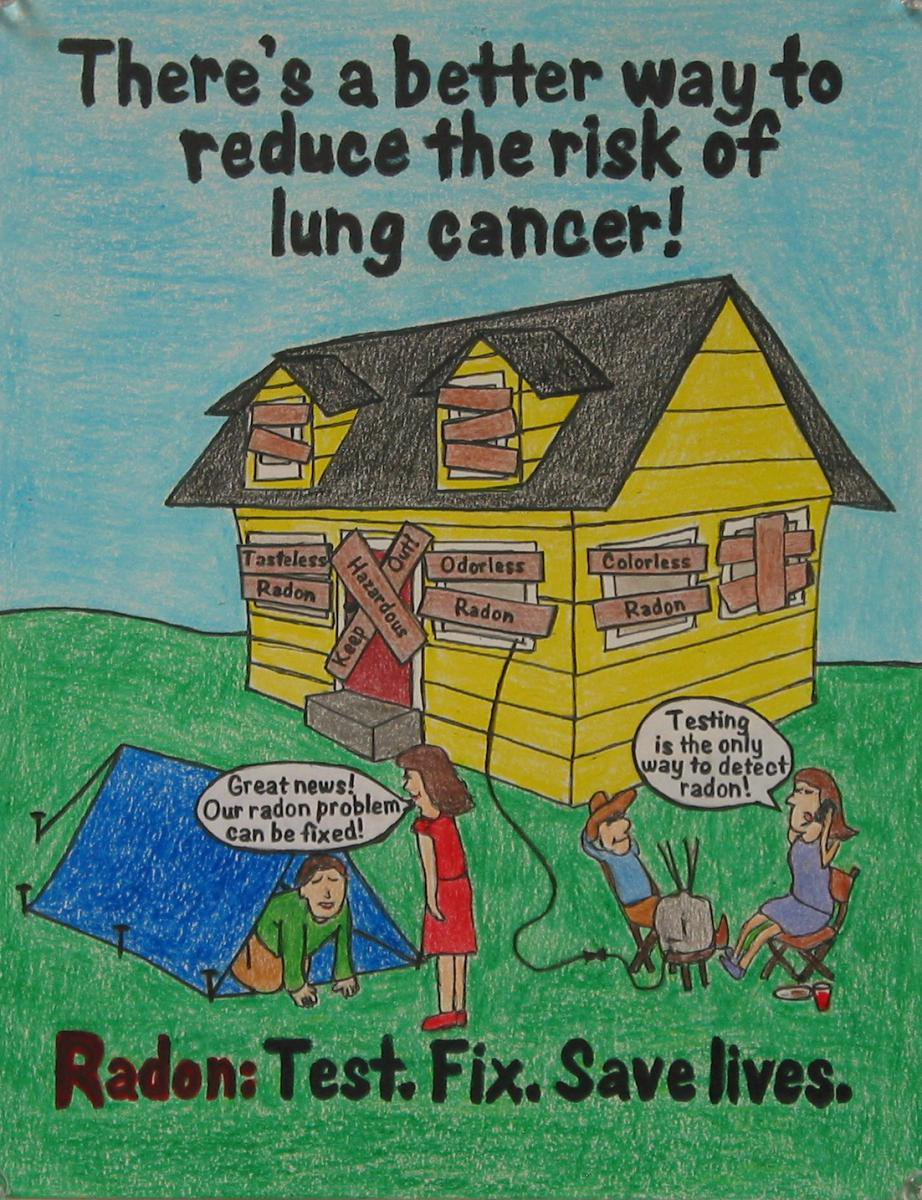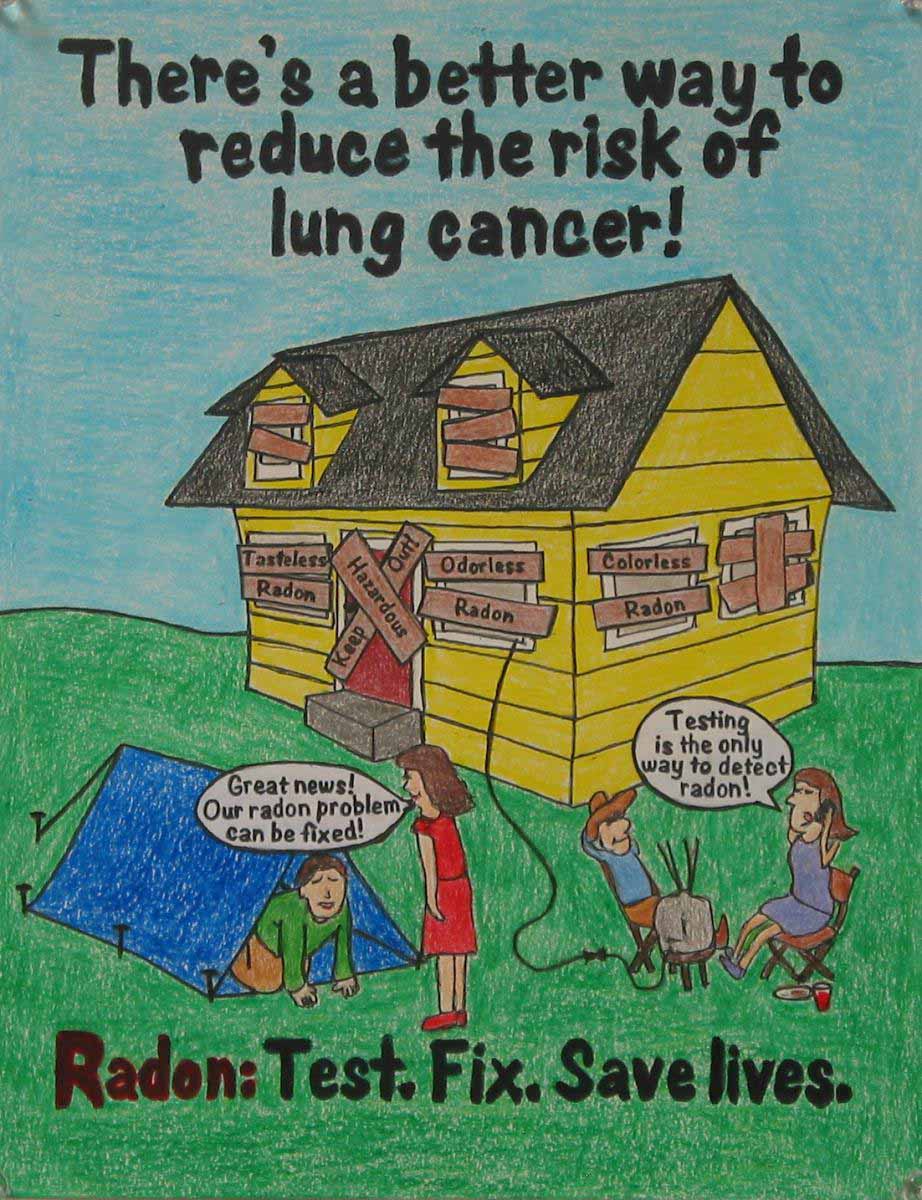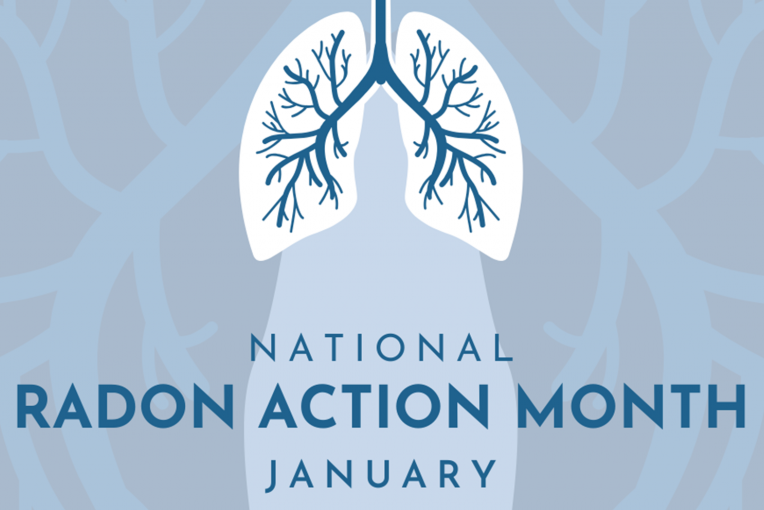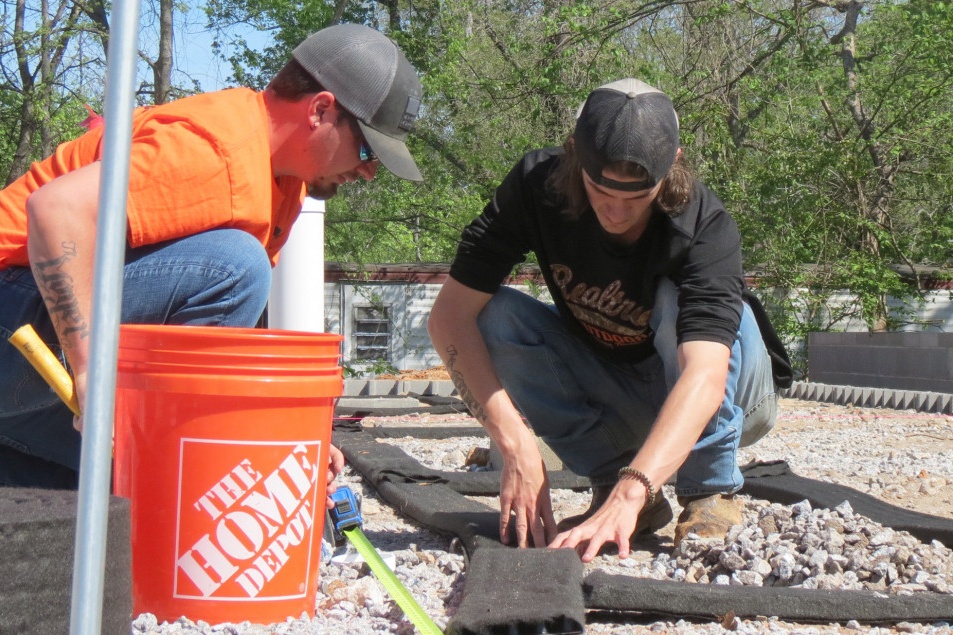You found a house that fits most, or maybe even all, of your requirements. Now it’s time to hire a home inspector to ensure the house is structurally sound and safe. Although this is not a required step in the homebuying process in Georgia, it is one that is highly recommended.
An increasing number of homebuyers are going one step further and having the house tested for radon.
Radon is a naturally occurring, colorless, odorless, tasteless gas that, over time, can be detrimental to your health. It is the leading cause of lung cancer in nonsmokers and the second leading cause of lung cancer among smokers. Radon gas seeps into houses through places like cracks in the foundation, exposed soil and gaps in joints, among others.
Radon becomes dangerous when it accumulates, reaching high levels that are unsafe for you to inhale. Parts of Georgia are prone to radon buildup. There is no way to know how high the radon level is unless the house is tested.
There are a few different ways to test for radon:
- Ask your home inspector if they offer radon testing;
- Hire a certified radon measurement specialist to do the testing; or
- Test the house yourself with a short-term kit purchased through the University of Georgia Radon Program or a hardware or big-box store.
An important factor in your decision will be how quickly you need to receive the test results. Receiving results within the time frame for due diligence means that you can negotiate with the seller to add a mitigation system if the radon level in the house is high (4.0 picocuries per liter or higher). If the test is conducted after the house is purchased, or test results arrive after the due diligence period, any mitigation costs will likely fall on the new homeowner.
Finding high levels of radon in a home should not be a deterrent to purchasing the home, especially if that is the only strike against it. Every home with an elevated level of radon can have lower, safer levels of radon through the installation of a mitigation system. Along the same lines, if a house already has a mitigation system installed, it should not be a concern, provided the system is working properly.
In some instances, having a mitigation system in a home might seem like a red flag to potential buyers because they think it means something is wrong with the house. Actually, if a house already has a mitigation system installed, it means that previous homeowners were proactive and took it upon themselves to reduce the level of radon within the home.
Having a home inspected for radon prior to purchasing is a great way to add a little more peace of mind to the homebuying process.
Test for radon every two years to make sure the level hasn’t increased over time. Ensuring that a new-to-you home has low levels of radon is an excellent way to be proactive about your health.
For more information on radon, testing your home and finding a certified mitigator, go to UGAradon.org or contact ugaradon@uga.edu.








